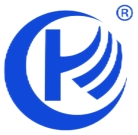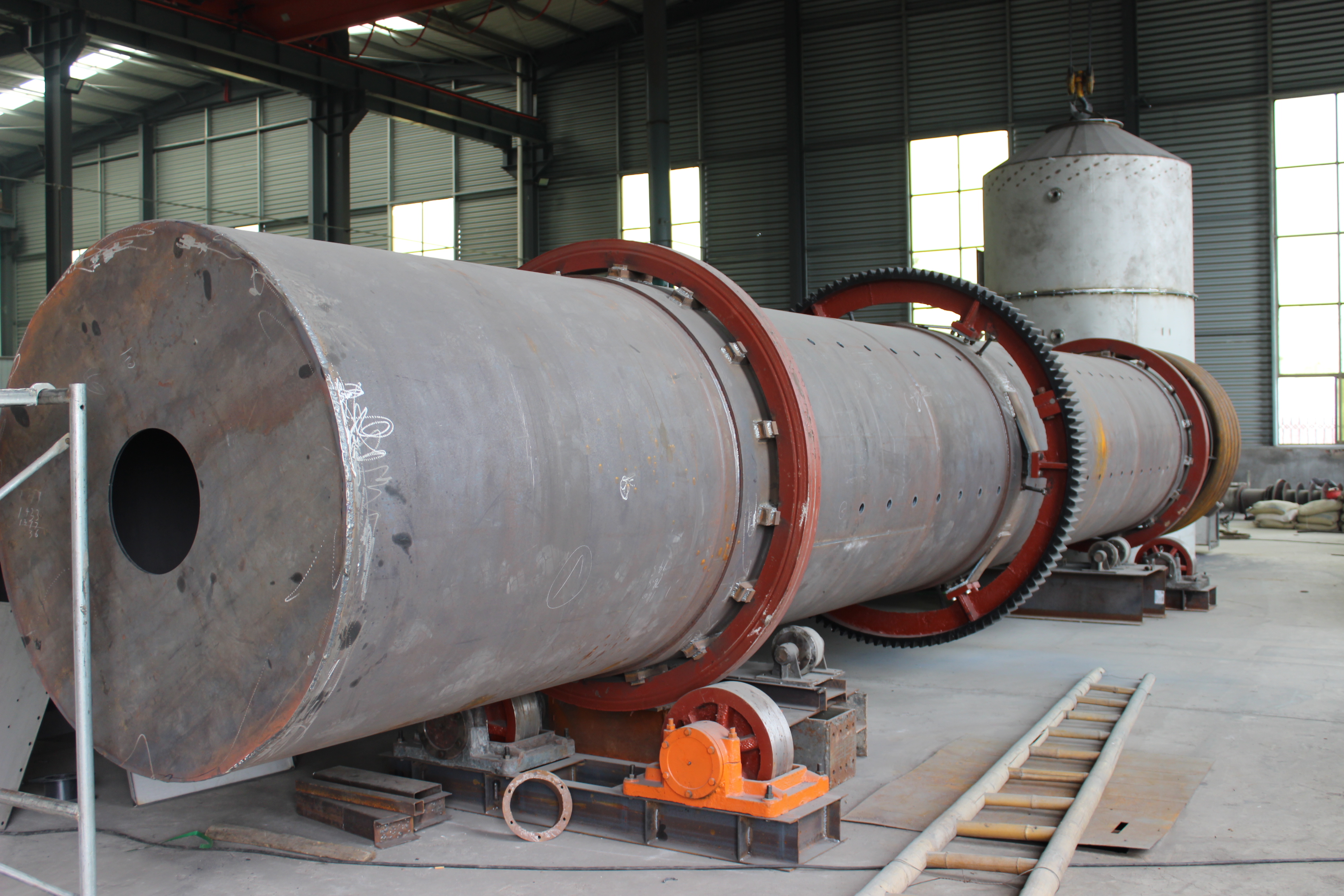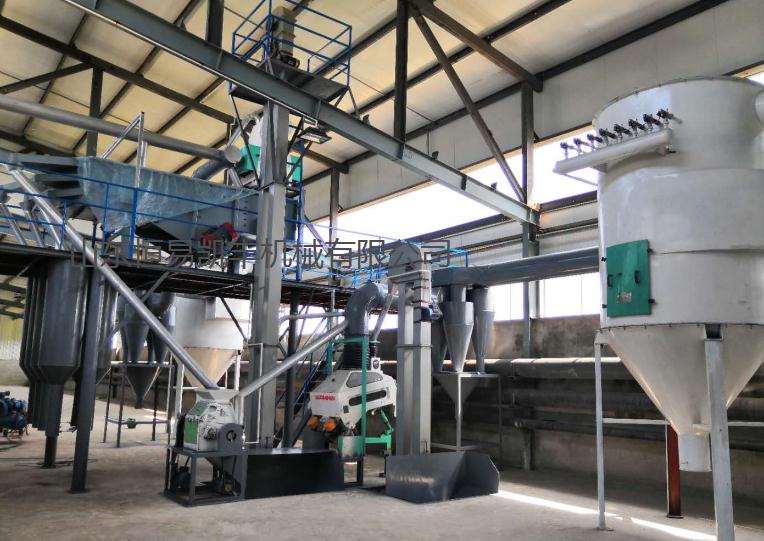
Privacy statement: Your privacy is very important to Us. Our company promises not to disclose your personal information to any external company with out your explicit permission.



The carbonized material is crushed and screened, and qualified carbon particles are screened as the activation raw material. The too coarse carbon particles are returned to the crushing and screening, and the too fine carbon particles are returned as fuel. The qualified carbon particles are lifted from the bucket elevator to the top of the activation furnace and added to the furnace The carbon is added slowly by the gravity of the carbonized material. The carbon is added to the furnace of the activation furnace at regular intervals and reacts with the superheated steam. The carbon is heated and dried by the steam during the gradual descending process to achieve activation, and finally cooled from the bottom The discharge port is discharged at intervals. The steam is preheated to 300~400℃ and sent to the activation tube as the activation medium. It flows co-currently with the carbonized material from top to bottom, and continuously contacts the carbon particles during the flow process. After a series of activation reactions, it burns in the lower part of the activation tube. The lost carbon turns into water gas. The water gas and activated carbon enter the cooling section together and are separated in the separation tube, and are sent from the lower connecting flue to the bottom activation tube for combustion. The secondary air tube sucks in air to meet the combustion needs, and the combustion produces The high temperature flue gas through the regenerator transfers heat to the grid array for heat exchange, maintains the furnace temperature, and enables the activation reaction to continue.
LET'S GET IN TOUCH

Privacy statement: Your privacy is very important to Us. Our company promises not to disclose your personal information to any external company with out your explicit permission.

Fill in more information so that we can get in touch with you faster
Privacy statement: Your privacy is very important to Us. Our company promises not to disclose your personal information to any external company with out your explicit permission.